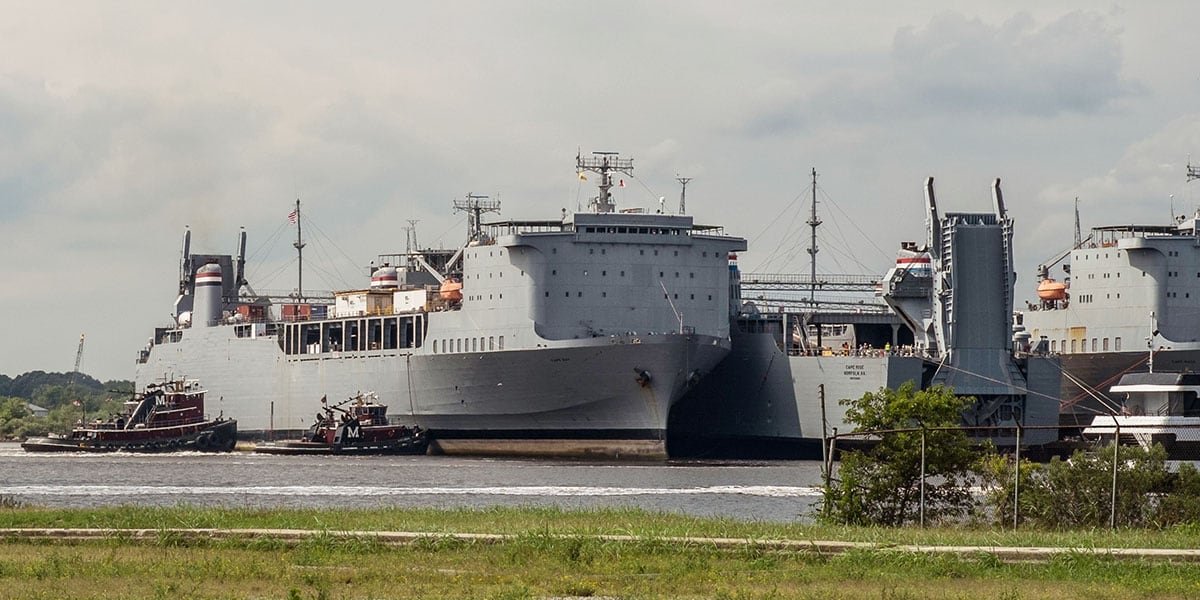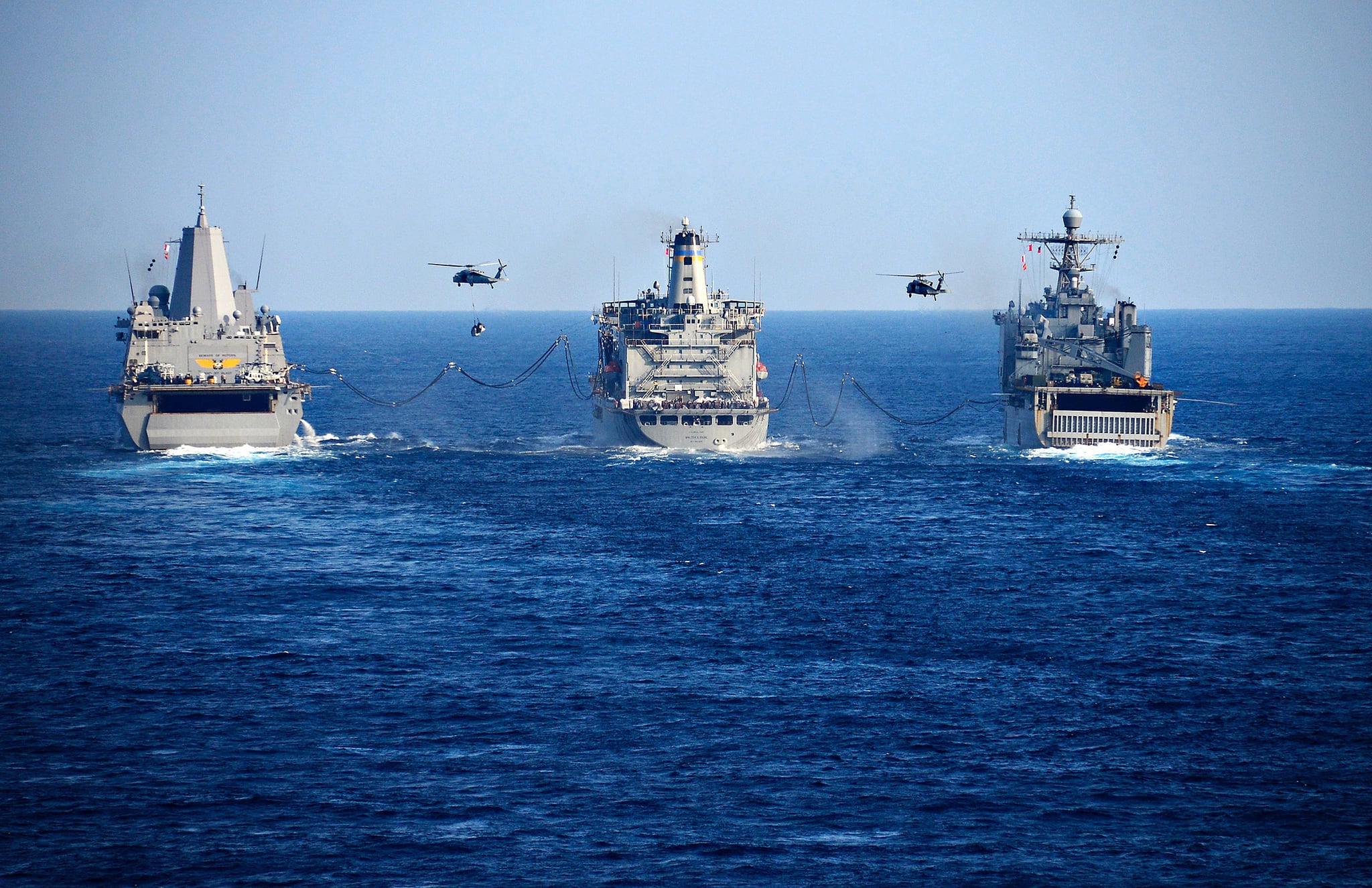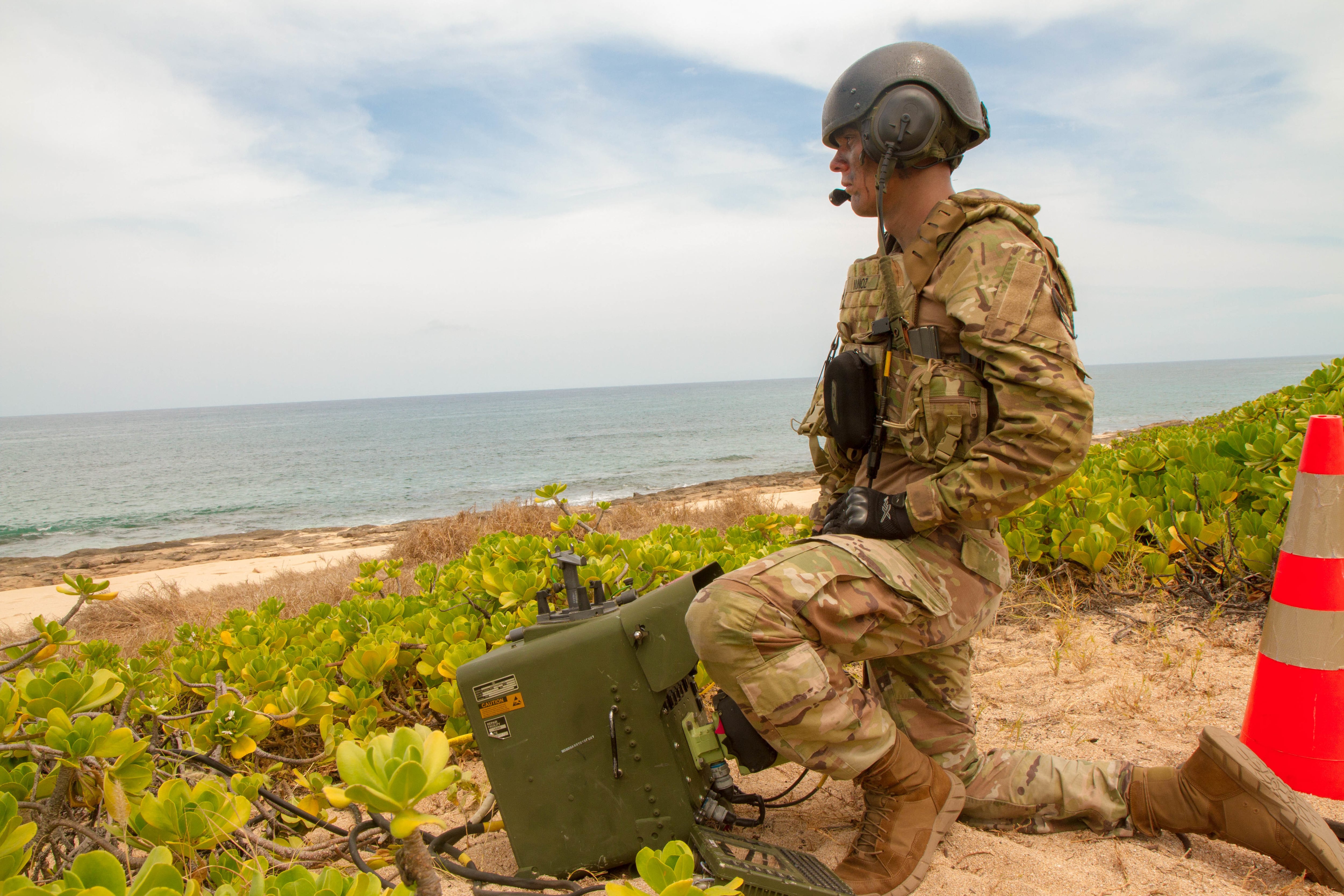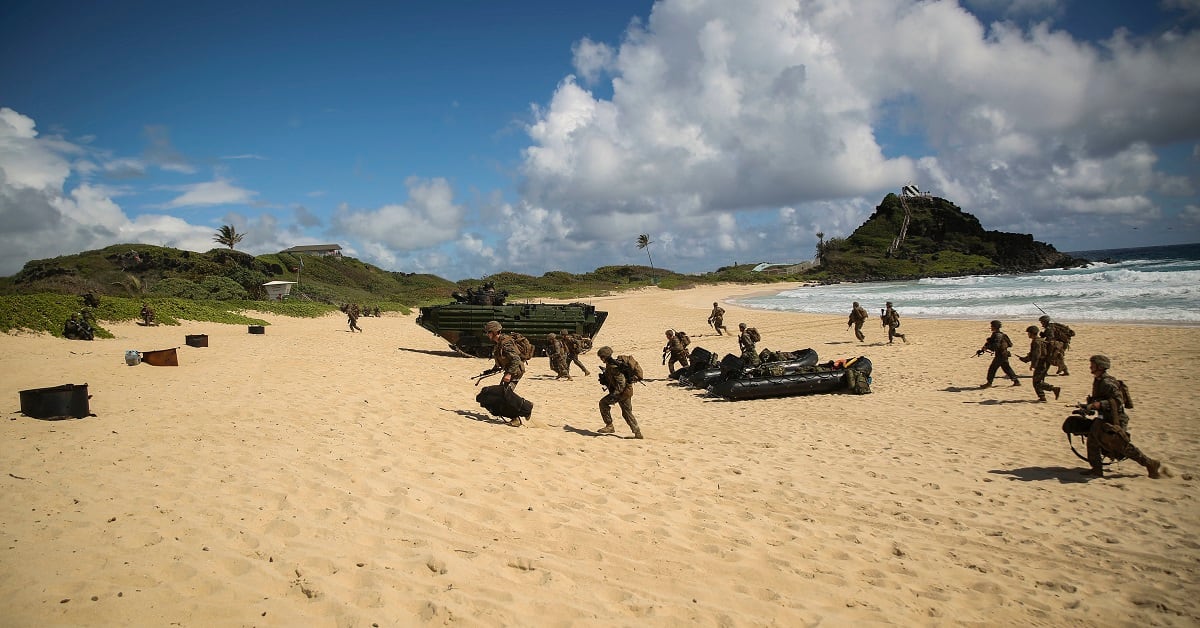A failed Venezuela coup, Iranian missiles and Russian hybrid warfare make for interesting side stories, but the center of military policy is increasingly gravitating toward U.S. Indo-Pacific Command, according to U.S. government officials.
If anything, the challenge is how to quicken the pace because the logistical tail of warfare takes time to put in place and because the Pacific theater is one of the most difficult environments for moving supplies.
“If there’s a challenge, it’s moving enough focus and enough direction from everything else we’re doing towards the Pacific," said Joel Szabat, the assistant secretary for international affairs within the Department of Transportation.
Szabat, whose department deals with U.S. military logistics in wartime, said the center of gravity has shifted so much toward the Asia-Pacific region that even a major crisis on par with 9/11 won’t derail the change.
“I don’t see, in the near term at least, things that would have us pull back,” Szabat said.
But he warned that new lines of effort must be implemented if that shift is to be sustainable during a war with the region’s biggest player — China.
The baggage train challenge
The Department of Transportation is the coordinating arm for civilian airlift and sealift capacity in peacetime and wartime. But the sealift fleet is old and in need of recapitalization.
The size of the fleet is also too small to support the long logistical train required in a Pacific-based conflict, and the ships that do exist are poorly positioned across the operating area and would lack armed escorts in the event of a conflict, according to Szabat.
“For small or moderate-scale warfare exercises, it’s adequate," Szabat said. “For the maximum deployment that our military is built for ... it is not adequate to move and sustain. We don’t have the mariners. We don’t have the U.S. flagged Merchant Marine that we need for that purpose.”
The Marine Corps represents a large component of the military force that would need to be delivered in the event of a war.
“There are 40,000 Marines at any one time that are moving around the world, and 23,000 of those are west of the international date line, so they’re in the Pacific,” said Gayle Von Eckartsberg, policy director at Headquarters Marine Corps’ Pacific Division. “And then you have your Marines in Hawaii, and that brings that number to over 30,000. And the rest are distributed across other places in the world.”
RELATED

"The Marine Corps’ natural environment is the Asia-Pacific region, and I think we’re uniquely capable of operating effectively [there],” she added.
The Corps is posturing to act as the inside force of the region, as it practices littoral operations in contested environments and expeditionary base operations from deep in the Pacific.
“We’re today engaged in aggressive war gaming, training and exercises to test out and refine these concepts,” Von Eckartsberg said. “We’re going to hug the enemy and we’re going to be there first, operate at this level below armed conflict.”
But there remains an “enduring gap in lift capability," Von Eckartsberg acknowledged.
No armed escorts
The Department of Transportation’s Maritime Administration is responsible for managing much of the Navy’s sealift capability that would be responsible for delivering Marines, soldiers, sailors, airmen and their equipment into a war.
If there was a conflict with China, Szabat said, there is a high degree of confidence that the Navy, with the use of pre-positioned vessels, will be able to move the initial salvo of personnel and equipment quickly into the area of operations.
“But sustaining a battle means getting supplies and getting the remainder of your forces from [the continental United States] to wherever the battle is,” Szabat said, adding that the fleet for this isn’t currently in place.
After the initial war push, 90 percent of logistics would move via civilian vessels and aircraft, according to Szabat. Those civilian assets will need armed escorts at sea, but the Navy has no dedicated escort vessels for the Merchant Marine fleet, he added.
“I used to serve in the European theater. That was a challenge. But crossing the Pacific is four times as difficult in terms of logistics and supplies," Szabat said. “We are not able to move our logistics according to war plans unless we have cooperation from our allies.”

That presents a unique challenge altogether. The biggest change to U.S. policy in the region has been an increased reliance on allies to accomplish missions and long-term goals, and one would assume that the goal is for them to pick up some of the logistical burden.
“But by statute, and national security presidential directive, we are supposed to be able to provide sealift with U.S. ships and U.S. mariners without relying on allies," Szabat said. "We can’t do that unless we have the escorts.”
However, allies and partnerships still play an important role.
RELATED

China’s growth is followed closely by that of U.S. ally India. U.S. Pacific Command understands the power dynamics between India and China, which is part of why it renamed itself U.S. Indo-Pacific Command last year, according to Deputy Assistant Secretary Walter Douglas, who leads the U.S. State Department’s Bureau of East Asian and Pacific Affairs.
“Bringing the countries of South Asia in is absolutely crucial to what we do,” he said. “India is very much a partner in everything that we do and is central in the Indo-Pacific as we move forward."
Allies, while unable to provide sealift under current war plans, remain crucial to U.S. efforts to counter China.
The U.S. is helping train naval forces for countries like Vietnam; promising to defend the territorial integrity of countries like Japan and the Philippines; performing freedom of navigation patrols through contested waterways; and courting new allies like the small Pacific island nations in Oceania.
“I expect that to continue," Douglas said. "I never want to promise resources until they’re delivered, but I think the indications are pretty good that we’re going to be doing more.”
Kyle Rempfer was an editor and reporter who has covered combat operations, criminal cases, foreign military assistance and training accidents. Before entering journalism, Kyle served in U.S. Air Force Special Tactics and deployed in 2014 to Paktika Province, Afghanistan, and Baghdad, Iraq.




